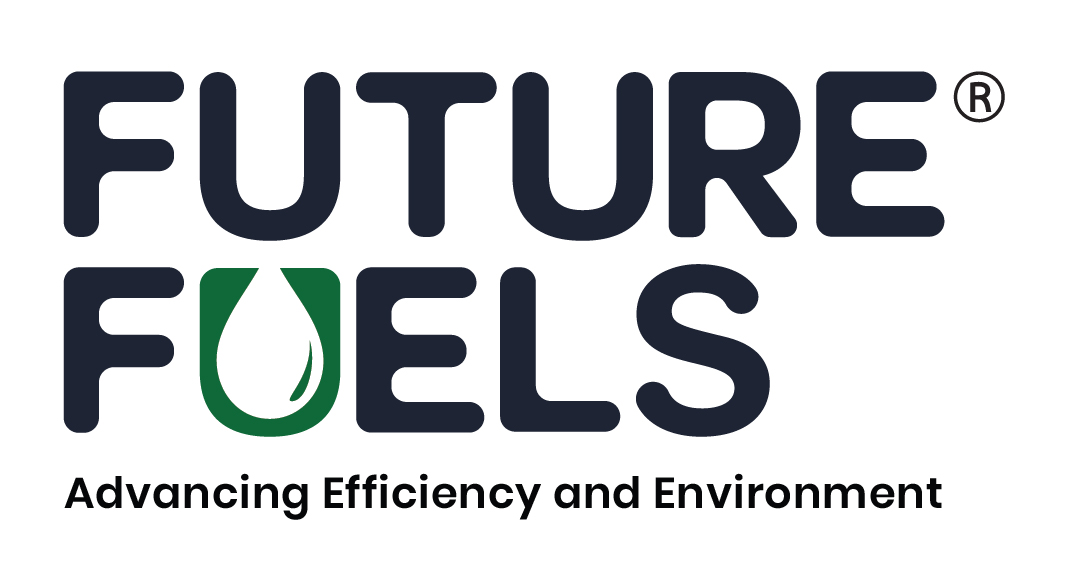The Petroleum and Natural Gas Regulatory Board (PNGRB) and the World Bank have joined forces to develop a comprehensive roadmap for integrating hydrogen blending in natural gas and establishing the infrastructure for their transmission through gas pipelines in the country.
The primary objective of the study is to develop a comprehensive roadmap for the rapid implementation of hydrogen blending in India. The study covers the following aspects:
The study’s recommendations include proposing amendments to the regulatory frameworks to align with the national objective of achieving a hydrogen consumption target of 5 million metric tonnes per annum by 2030. The study is scheduled to be completed within 16 weeks.
Benefits of hydrogen blending in natural gas
Renewable Energy Storage: Blended hydrogen can serve as a form of energy storage, allowing for better grid management during peak demand periods.
Energy Security: Hydrogen can be produced domestically, reducing reliance on imported fossil fuels and enhancing energy security.
Improved Air Quality: Lowering carbon emissions through hydrogen blending can lead to improved air quality, benefiting public health and reducing pollution.
Reduced Dependence on Fossil Fuels: By progressively augmenting the proportion of hydrogen in natural gas, the dependence on pure natural gas, a fossil fuel, is diminished.
Tags: Hydrogen, India, PNGRB, World Bank



Recent Posts
Report Highlights Pathway for Electrifying Nigeria’s Container Trade Sector
South Korean Company YPP Plans to Invest up to $3.1 Billion in Green Hydrogen Production in Kazakhstan
WattEV Expands Electric Truck Charging Network with Three New Depots in California
Anemoi Develops New Method to Accurately Measure Wind-Assisted Propulsion Benefits
Navigator Holdings and Amon Maritime Form Joint Venture for Ammonia-Fuelled Carrier Fleet
Hygenco Commissions Maharashtra’s First Green Hydrogen and Oxygen Facility to Power STL’s Net Zero Goals
India Invites Second Round of R&D Proposals Under ₹4 Billion Green Hydrogen Mission
BMTC Adds 148 Tata Electric Buses to Bengaluru Fleet, Strengthens Green Mobility Drive